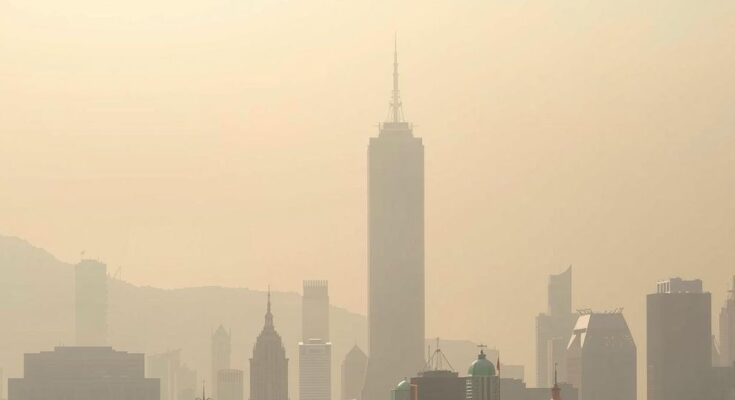A recent report revealed that only seven countries met WHO air quality standards, with Chad and Bangladesh noted as the most polluted nations in 2024. The suspension of the U.S. global air quality monitoring program raises concerns about future pollution data access, particularly in developing countries, prompting worries over accelerating air quality issues globally.
In a recent report, only seven countries were found to comply with World Health Organization (WHO) air quality standards. Researchers are concerned that the struggle against air pollution will intensify following the United States’ cessation of its global air quality monitoring program. Chad and Bangladesh were identified as the most polluted nations in 2024, with smog levels exceeding WHO guidelines by over 15 times, as reported by the Swiss air quality monitoring firm IQAir.
The countries that met WHO air quality standards included Australia, New Zealand, the Bahamas, Barbados, Grenada, Estonia, and Iceland. The global picture of air quality is complicated by significant data gaps, particularly in Asia and Africa. Many developing nations have previously relied on air quality readings from U.S. embassies and consulates. However, the recent decision by the State Department to terminate this program, due to budgetary constraints, has removed over 17 years of air quality data, affecting access to crucial information for many regions, especially Africa.
IQAir’s air quality science manager, Christi Chester-Schroeder, expressed concerns regarding the impact on data collection in Africa, where the U.S. monitoring was often the sole source of real-time air quality data. Chad, previously declared the most polluted country in 2022, remains notably affected by excessive environmental issues, including Sahara dust and uncontrolled crop burning. Last year, the average PM2.5 concentration in Chad reached 91.8 micrograms per cubic meter, significantly above the WHO’s recommended maximum of 5 micrograms.
India ranks fifth in smog levels behind Chad, Bangladesh, Pakistan, and the Democratic Republic of Congo, with an average PM2.5 concentration of 50.6 micrograms per cubic meter, down by 7% from the previous year. Nevertheless, India houses 12 of the 20 most polluted cities, with Byrnihat recording an alarming average of 128 micrograms PM2.5.
Climate change is becoming an increasingly significant factor in rising pollution levels, as higher temperatures lead to more intense and longer forest fires in regions such as South East Asia and South America. Christa Hasenkopf from the University of Chicago’s Energy Policy Institute noted that the closure of the U.S. air monitoring program will result in at least 34 countries losing access to dependable pollution data. The initiative not only enhanced air quality and life expectancy in monitored cities but also showed economic benefits by reducing hazard allowances for U.S. diplomats, making its discontinuation a significant setback for global air quality efforts.
The recent findings underscore the concerning air quality situation in many countries, particularly in South Asia and Africa. With only a few nations meeting WHO standards and an impending data crisis for pollution monitoring, urgent action is required to address these challenges. The cessation of the U.S. air quality monitoring program further exacerbates the situation, potentially hampering progress in global air quality initiatives.
Original Source: www.firstpost.com




